Artificial Intelligence is no longer futuristic. It is part of everyday business. Companies use it to write content, answer customer questions, plan campaigns, and improve efficiency. Two words that come up often are GPTs and prompts. Many people assume they mean the same thing, but they do not. Understanding the difference can help you make smarter decisions about how to use AI in your business.
What is a GPT?
A GPT, short for Generative Pre-trained Transformer, is the AI model itself. It is the engine that powers everything, trained on massive amounts of text so it can understand language and produce human-like responses.
Inside ChatGPT, GPTs can be customized into specialized agents. These are tailored versions of ChatGPT built for specific tasks. For example, an ecommerce store might have a GPT trained to write SEO product descriptions, while a clinic might create one that explains medical topics in simple language.
Think of a GPT as an employee with special training. It can handle a range of jobs, but when you train it for a particular role, it performs faster and delivers results that are more consistent with your business needs.
What is a Prompt?
A prompt is the instruction you give to a GPT. It tells the AI what you want it to do. Without prompts, GPTs do nothing.
Prompts can be short, like “Write a thank-you email for new customers,” or long and detailed, such as “Write a 500-word blog post about the benefits of solar energy in a professional yet easy-to-read style, ending with a call to action.”
Strong prompts are essential because they guide the AI. A vague prompt often produces generic results, while a clear and specific one creates content that is polished and useful. To put it simply, the GPT is the car, and the prompt is the driver telling it where to go.
How GPTs and Prompts Work Together
GPTs and prompts are not separate choices. They depend on each other. Even the most advanced GPT will fail to deliver useful results if the prompt is unclear. On the other hand, a strong prompt can make even a basic GPT perform far better.
For business owners, this means there are two ways to improve results: invest in custom GPTs built for your industry, or develop a library of strong prompts that your team can reuse. Many businesses do both, combining the reliability of a tailored GPT with the flexibility of proven prompts.
Benefits of Using GPTs in Business
Custom GPTs give companies a major advantage. They are consistent, efficient, and accurate. For example, a real estate agency can use a GPT trained to write property listings, while a law firm can rely on one that drafts professional letters and contracts.
Key benefits of GPTs include:
- Saving time on repetitive tasks
- Reducing costs by automating content creation
- Maintaining a consistent voice across all communication
Instead of starting from scratch every time, businesses can depend on GPTs to handle the heavy lifting, while teams focus on strategy and customer relationships.
Benefits of Using Strong Prompts
Prompts are just as important as the GPTs themselves. They shape the quality of the output. A slight change in wording can completely transform the result.
Strong prompts help businesses:
- Produce high-quality content with less editing
- Speed up workflows by reusing proven instructions
- Keep communication aligned across different teams
Even without a custom GPT, learning how to write better prompts can make AI far more effective for your business.
Common Issues People Face
While GPTs and prompts are powerful, there are challenges to keep in mind.
One issue is over-reliance. Some businesses expect AI to replace creativity or decision-making, but AI works best as a partner. Another common issue is vague prompting. For example, “write something about marketing” will result in a broad, unfocused answer. Specific instructions lead to better outcomes.
For GPTs, the challenge lies in customization. To get the best results, a GPT should be tailored to your industry and fine-tuned with clear goals.
Safety and Reliability
AI tools inside ChatGPT are designed with security in mind, but businesses should avoid entering sensitive data such as customer records, financial information, or passwords.
Reliability is another factor. GPTs sometimes generate text that sounds accurate but is factually wrong. That is why human review is important, especially in industries like healthcare, finance, or law. Over time, accuracy improves as prompts get clearer and GPTs are fine-tuned.
The Results Businesses Can Expect
When GPTs and prompts are used together the right way, businesses see measurable improvements. Content is created faster, campaigns are launched sooner, and customer communication becomes smoother.
Clients notice the difference too. Emails are timely, marketing is consistent, and responses feel professional. On the business side, this translates to stronger branding, better SEO, and more time to focus on growth.
Wrapping It Up
The difference between GPTs and prompts is simple but powerful. GPTs are the trained engines inside ChatGPT, while prompts are the instructions that guide them. One cannot work without the other.
If you are new to AI, start by practicing with clear, specific prompts. As your business grows, consider investing in custom GPTs designed for your industry. Used together, they save time, reduce costs, and improve results across your workflow.
AI is not here to replace you. It is here to help you work faster, smarter, and more effectively.
FAQs
Do I need a custom GPT to use prompts?
No. You can use prompts with the standard ChatGPT, but a custom GPT can make results more accurate and consistent.
Which is more important, GPTs or prompts?
Both matter. Strong prompts guide the GPT, and a custom GPT ensures those prompts deliver the best results.
Can I use prompts on AI tools other than ChatGPT?
Yes. Prompts work on most AI platforms, including Jasper, Claude, and Copy.ai.
What is the best first step for beginners?
Start with learning how to write strong prompts. Once you are comfortable, explore or create custom GPTs for your business needs.
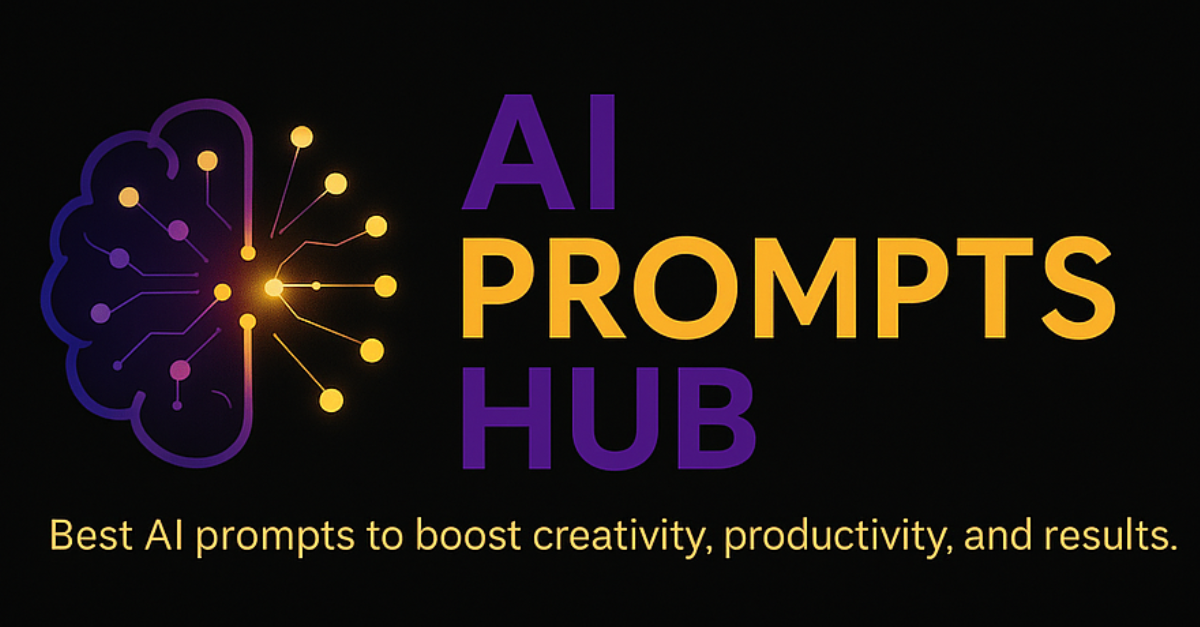
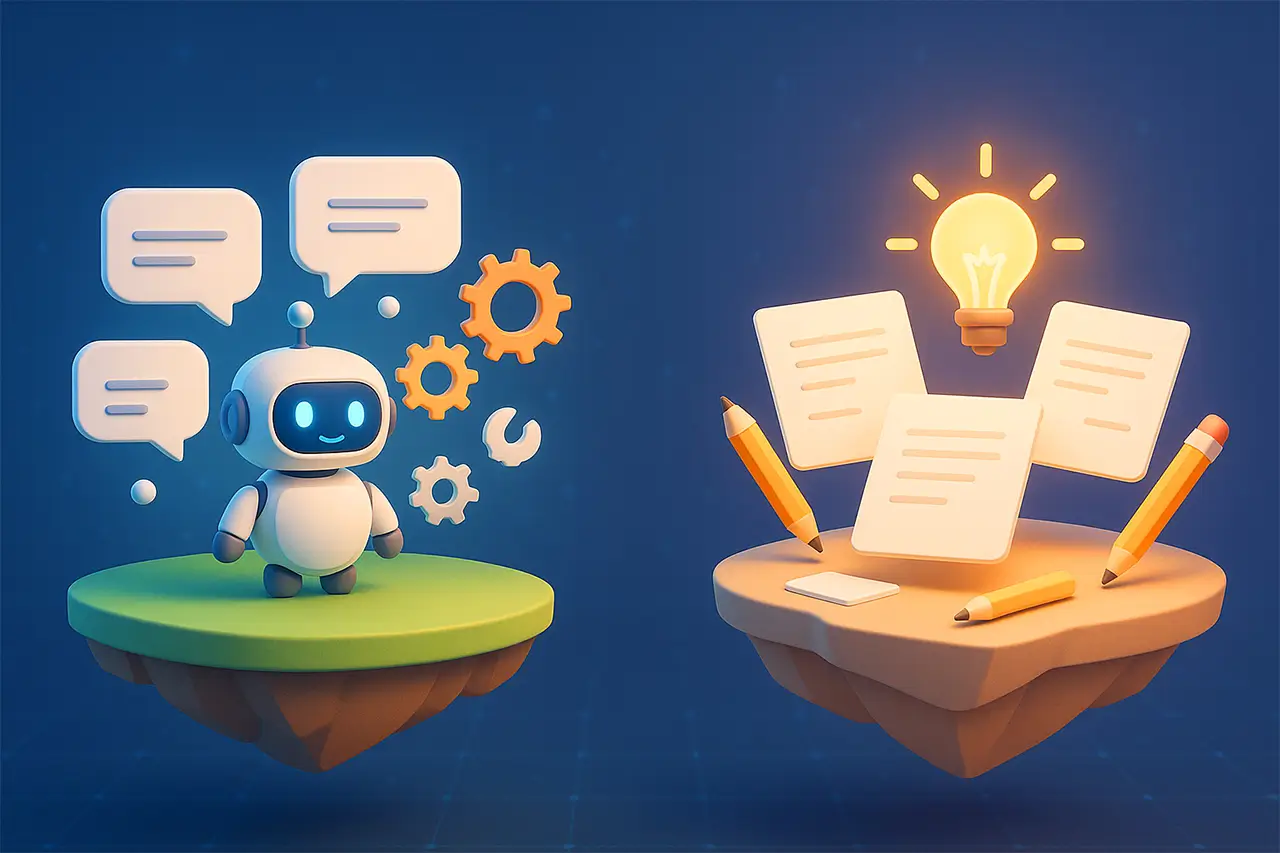
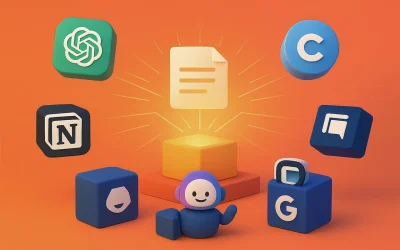

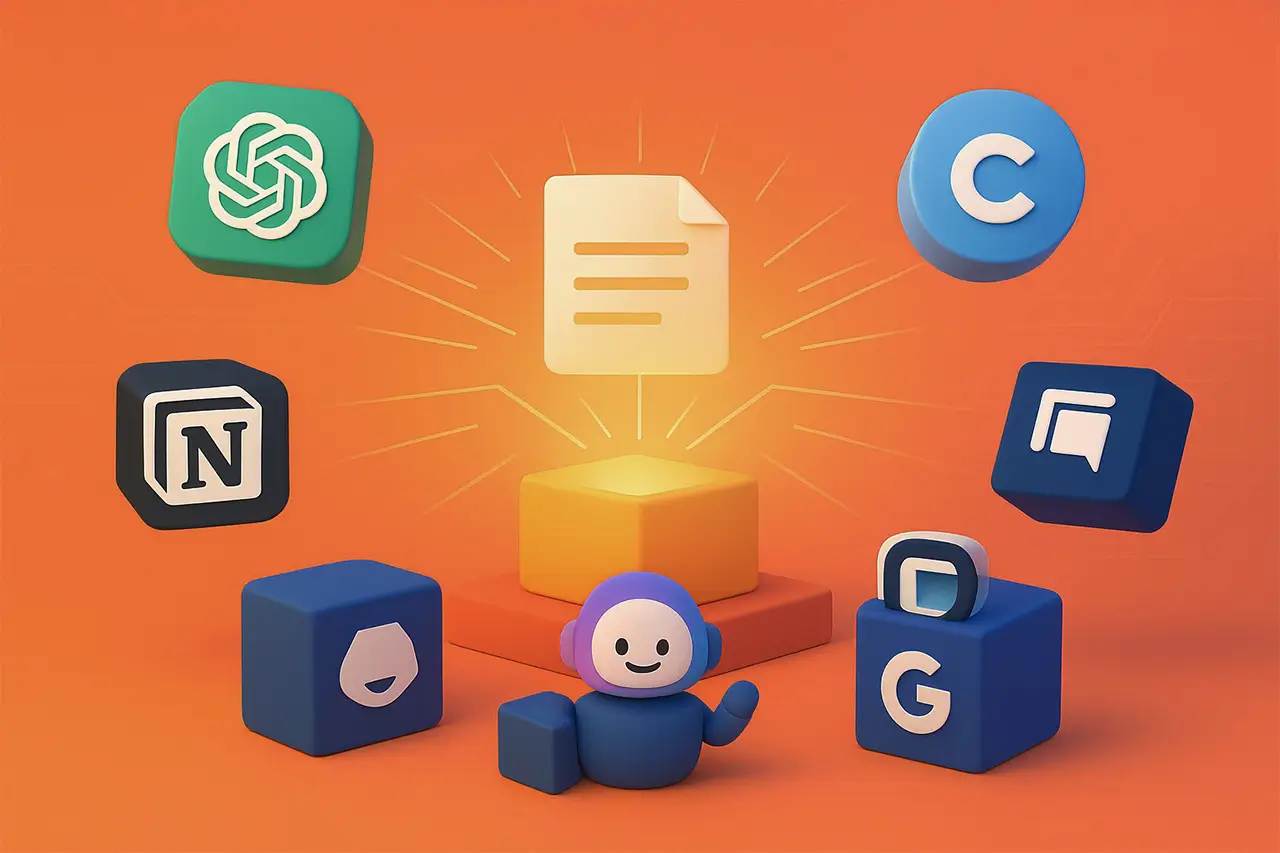
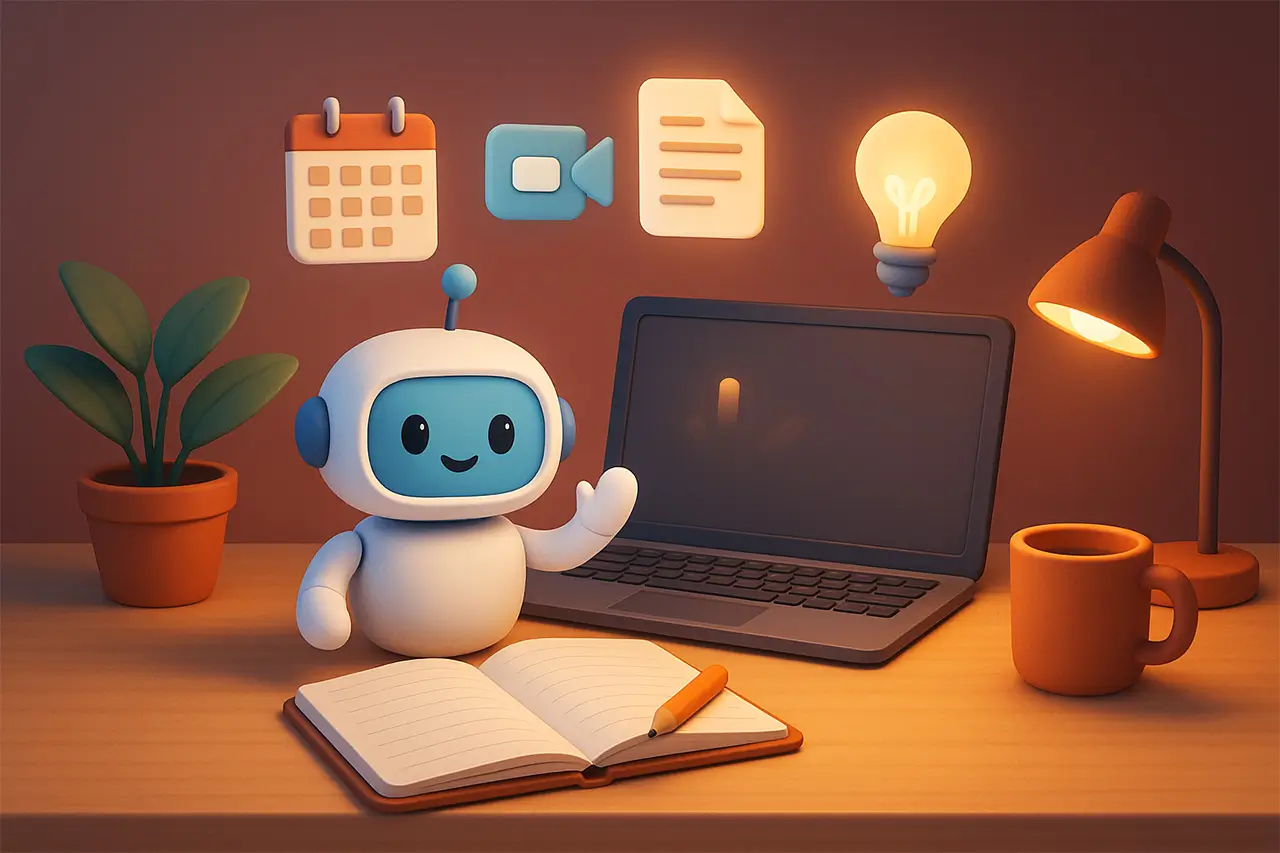
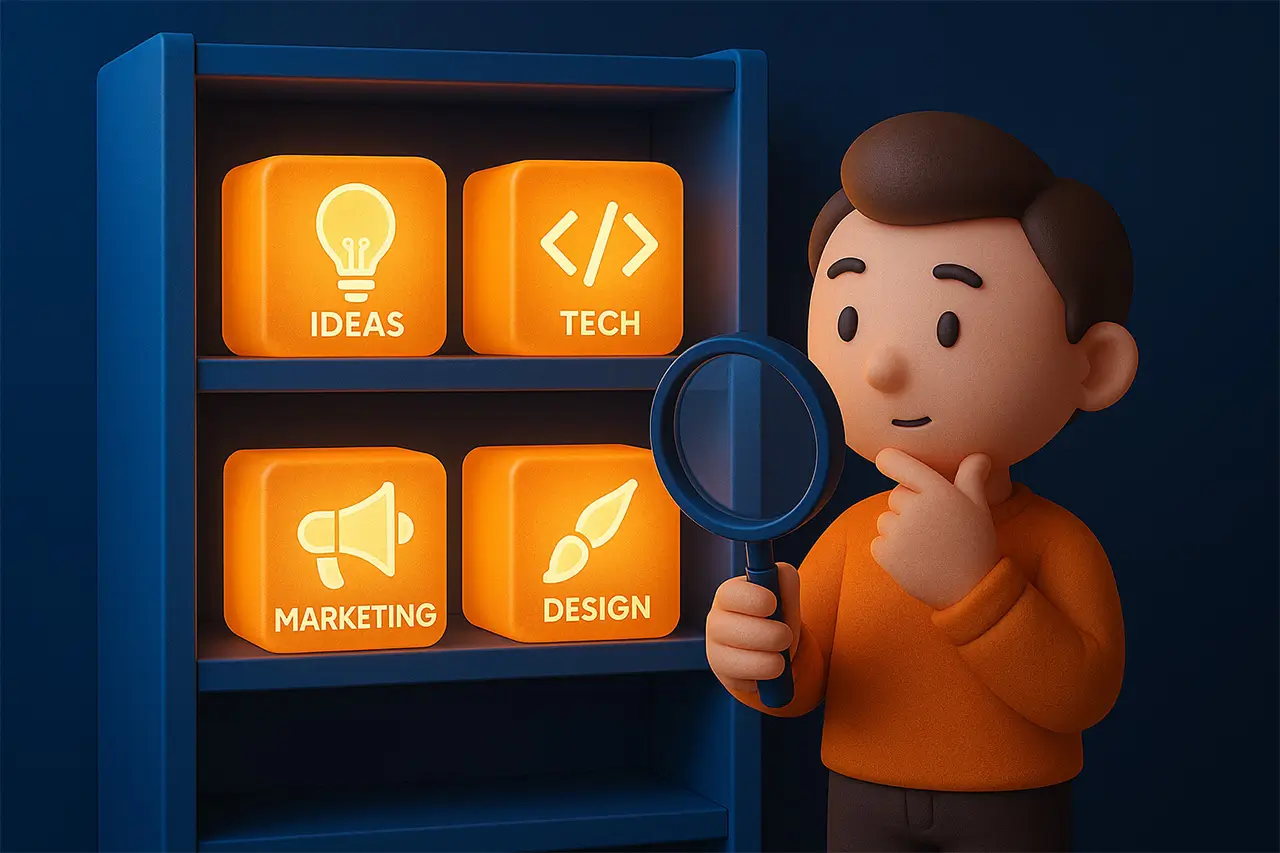
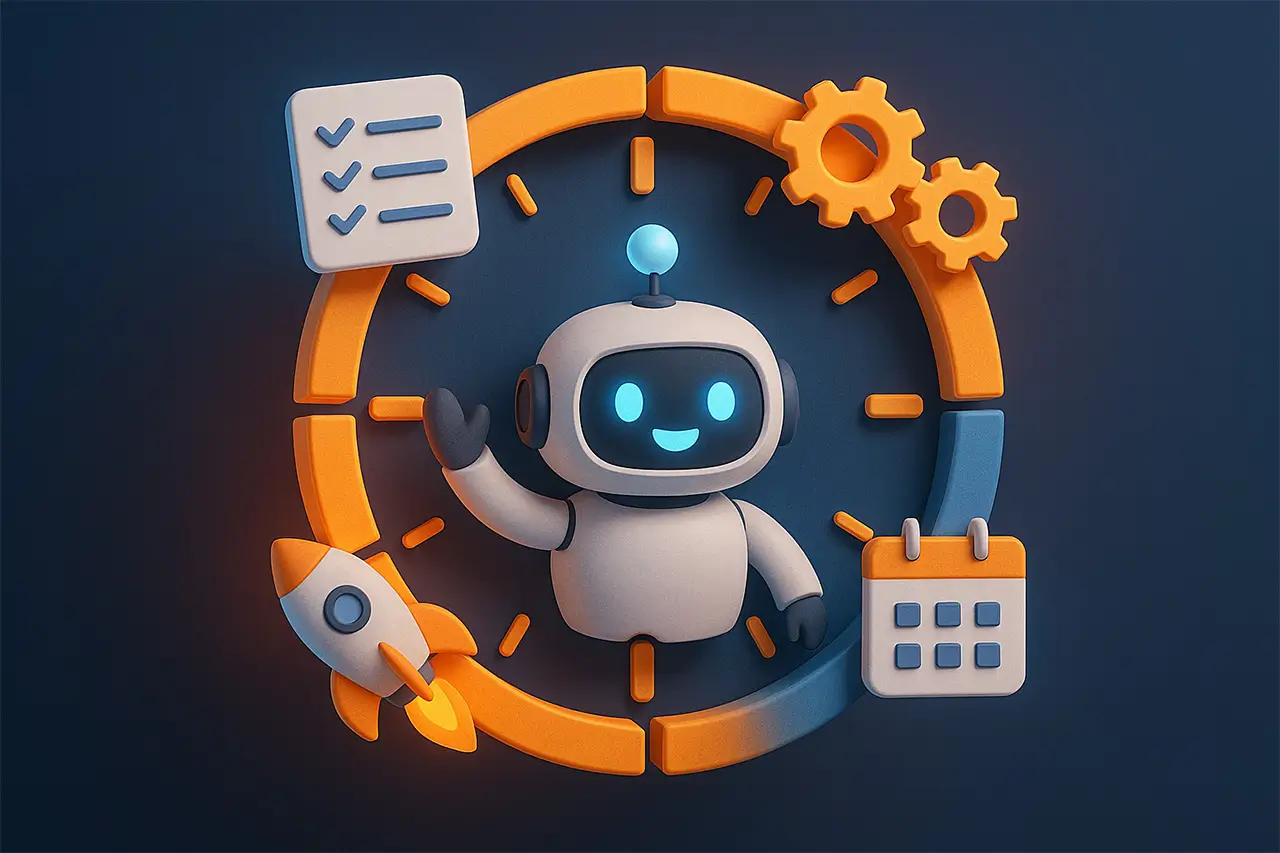
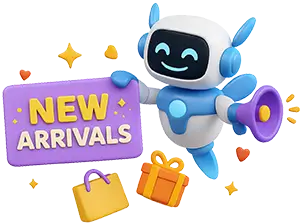
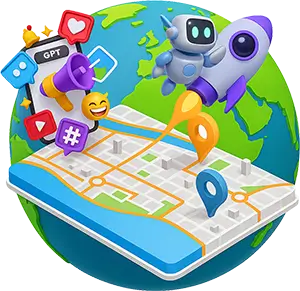
0 Comments